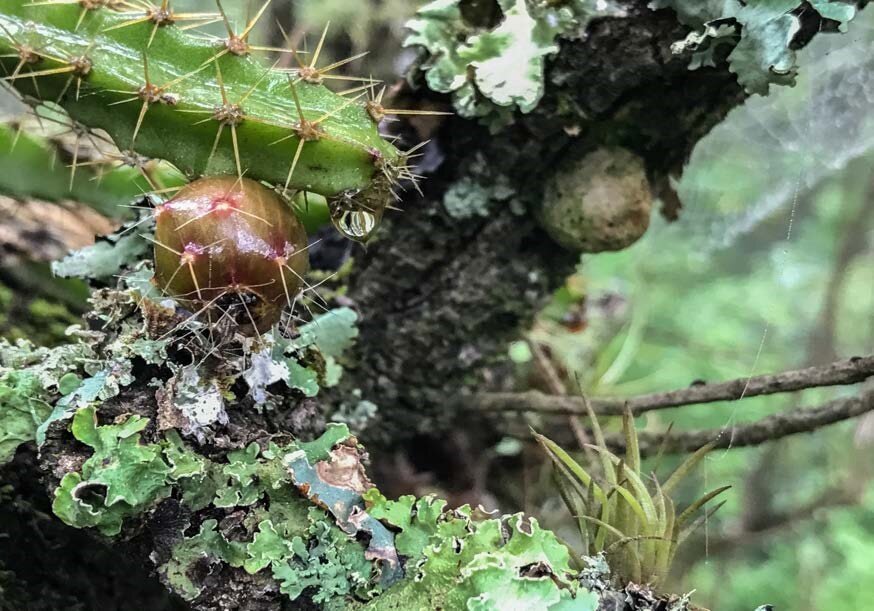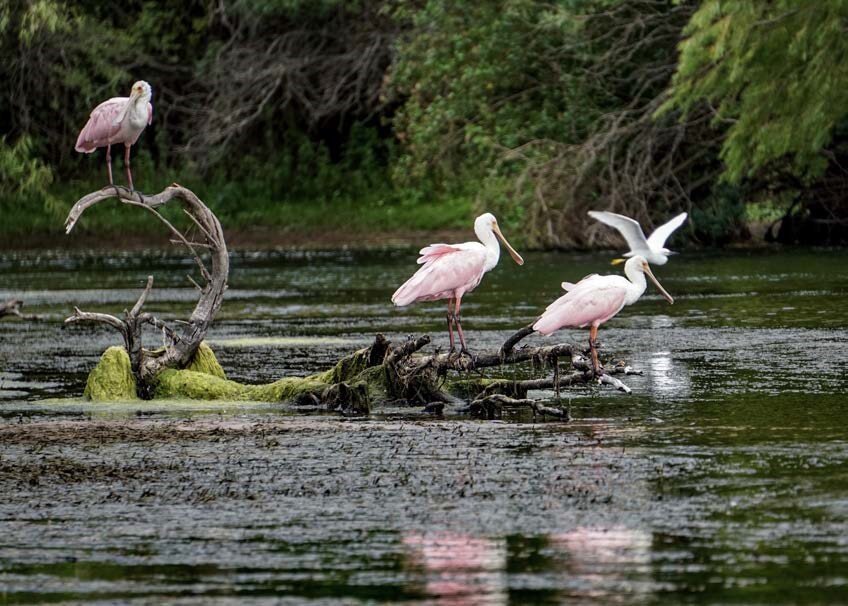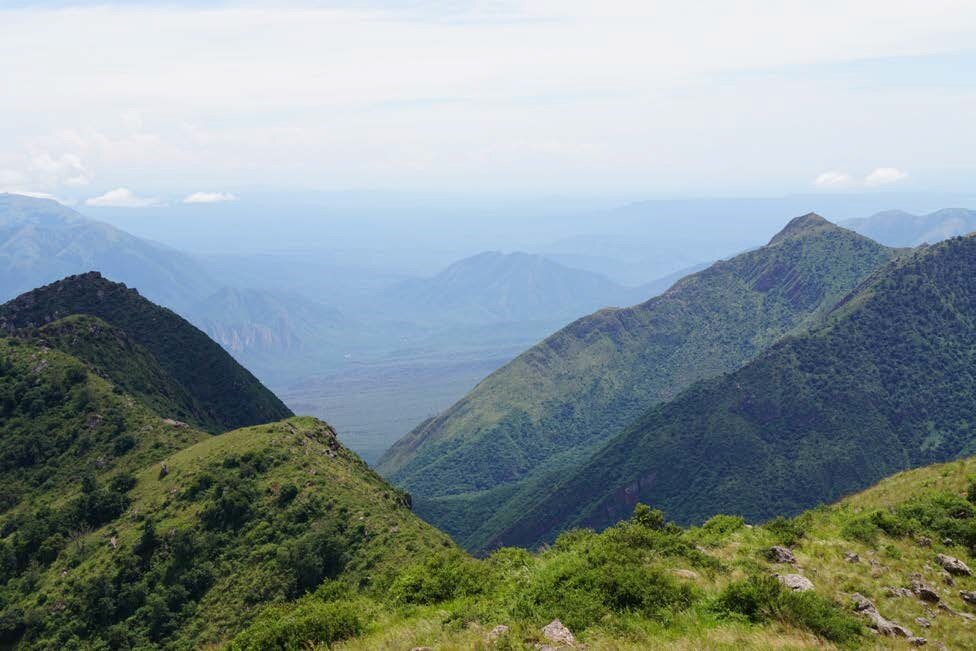Condor Valley Ecological Expedition
This February, Dr. Erin Riordan, who earned her PhD from Department of Ecology and Evolutionary Biology at UCLA, and Dr. Benjamin Wilder, Desert Ecologist and Botanist who serves as the director of the Desert Laboratory on Tumamoc Hill at University of Arizona, traveled to Condor Valley Estate & Winery along with other scientists to begin documenting the plants that occur on the 70,000-acre property nestled in the Salta Province of northwestern Argentina. Below is what they saw during this ecological expedition:
As we turned south from the Rio Juramento, maneuvering our way along twisting dirt roads, Condor Valley opened up before us. We were immediately struck by the expansiveness and variability of the landscape.
The dominant vegetation in the valley is characteristic of the Chaco—a low, open dry forest with thorny shrubs dominated by legume species and punctuated by columnar cardón cactus (Trichocereus terscheckii). Epiphytic bromeliads (Tillandsia spp.) adorn the branches larger shrubs and trees. These epiphytes are not just abundant, but also diverse. In the neighboring valley to the west, Valle de Lerma, botanists have documented nearly 30 species of Tillandsia (Romero and Novarra 2010). Within the Chaco, a remarkable number of plant communities from a variety of microclimates can be found in Condor Valley.
Rivers and streams wind their way through the property, supporting more humid subtropical gallery forests, and in some places have carved deep canyons with steep rock walls. From a distance, the slopes of the surrounding rugged mountains appeared verdant, softened by vegetation lush from the warm-season rains. These same mountains provide the rain shadow that contributes to the semi-arid conditions in the valley.
Left to right: Martin Pekarek and Dr. Erin Riordan observe the bird activity as Dr. Ben Wilder documents the vegetation near a waterfall. Photo: Ivy Yin
The timing of this first trip was perfect: many plants were in fruit and/or flower, which is necessary for definitive species identifications. Realizing the allotted week for plant surveys was not nearly enough time for a detailed floristic survey of the property, we focused our attention on documenting the dominant plant species and major vegetation transitions. As we explored the property, we quickly began to recognize the potential for scientific research at the site.
Particularly striking is the elevational transect from La Bodega (~3,000 ft) up the summit of Mt. Crestón, the highest peak on the property at just over 10,000 ft. Such environmental gradients provide an opportunity to study patterns in vegetation change as plant species respond to a rapidly changing climate. Across the globe, scientists are already observing the fingerprint of climate change in species responses such as distributional shifts to higher latitudes and elevations and shifts in the timing of phenological events such as budburst, flowering, and insect emergence.
Initial plant surveys along the elevational transect of Mt. Crestón could provide the baseline from which to detect vegetation response to climate change. A recent fire along a ridgeline presents an opportunity to study post-disturbance regeneration and succession. Even potentially confounding impacts, such as the long history of human-use at the ranch for cattle grazing, could be viewed as an opportunity to better understand the ecological effects of human activities and guide more sustainable practices. Existing facilities on the property could be updated to house visiting researchers or field classes.
During our week at Condor Valley, we collected over 100 plant species from a wide range of habitats within the property. Interestingly, we noted a large number of milkweed species, which are important pollinator plants. Many of the species were observed were indicative of subtropical to semi-arid climates. Prominent trees typical of Chaco included the quebrachos, quebracho blanco (Aspidoserpma quebracho-blanco) and quebracho colorado (Schinopsis lorentzii), as well as palo borracho (Ceiba chodatii). Lecherón (Sapium haemathospermum), a subtropical tree species in the Euphorbiaceae family was frequent along streams and rivers. While weather prevented us from summiting Mt. Crestón, we were able to collect plants and note the locations of vegetation shifts along the lower half of the elevation transect, from La Bodega at ~3000 ft to just above the Puesto ~7000 ft. While subsequent trips are needed for a full floristic survey of the property, these initial collections provide the foundation for future collections and study.





